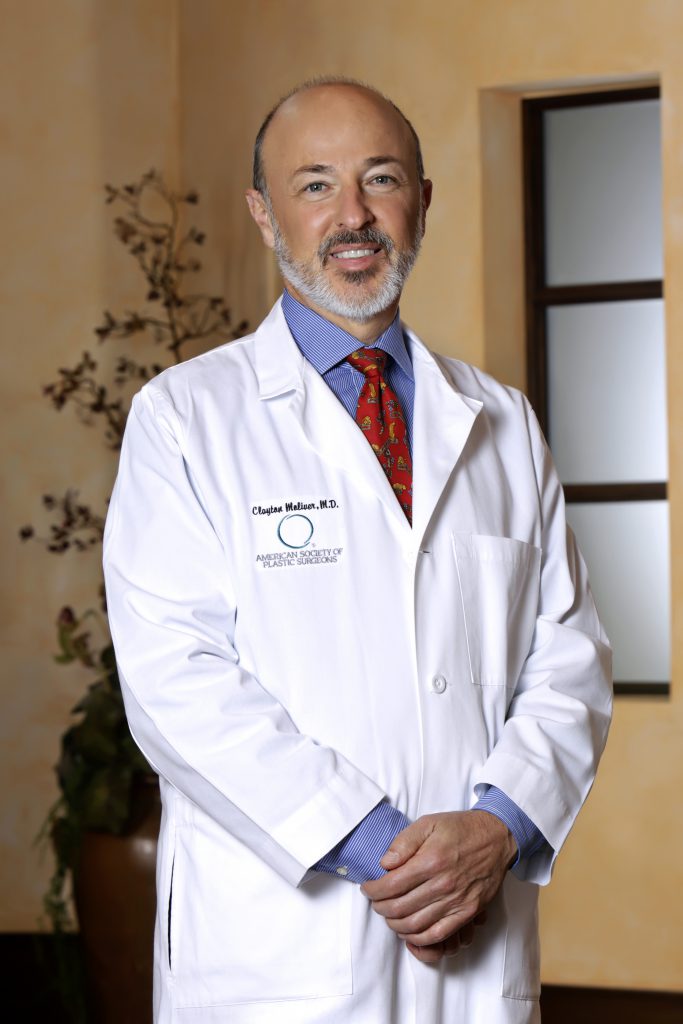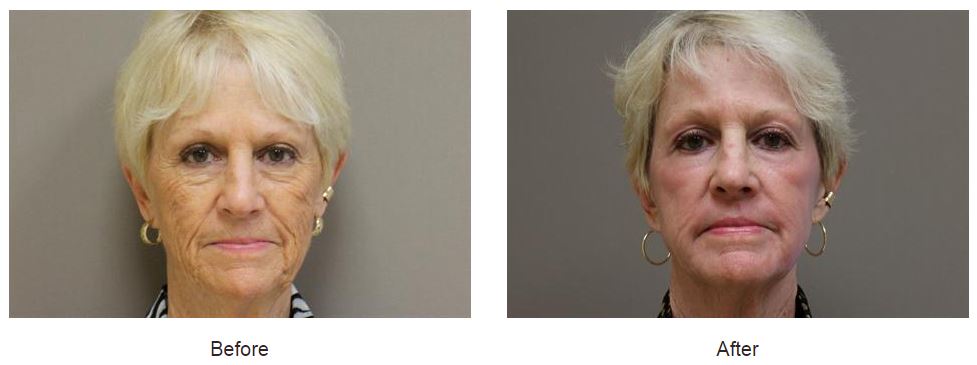 Houston Plastic & Reconstructive Surgery wants to help navigate and answer the most common questions during a facial laser resurfacing consult. We sat down with our very own Dr. Clayton Moliver to help bring these answers to light.
Houston Plastic & Reconstructive Surgery wants to help navigate and answer the most common questions during a facial laser resurfacing consult. We sat down with our very own Dr. Clayton Moliver to help bring these answers to light.
- Can all skin types be treated with the fractional CO2 laser?
The best skin type to be treated with this laser is pale skin. The darker the skin the more risk for hyperpigmentation. If you are darker pigmented we must be more careful. We will do a test spot if we are at all concerned. It is contraindicated if you’re moderately dark to darker skin.
- Who is the ideal candidate?
The majority of the time I am using this laser to treat poorly texture skin that comes with aging. A patient that comes to me with concerns of fine lines, wrinkles, discoloration (little red or brown spots), depending on the severity, this is the typical candidate I see in my office for fractional CO2 laser resurfacing. This also is a miracle worker for acne scars. It will smooth out and flatten acne scarring phenomenally. Another treatment we use this laser for is rhinophyma. This condition is usually seen in a middle-aged male with an enlarged nose, often redish colored. It is an overgrowth of sebaceous glands on the nose. We can use the laser to shave away that enlargement all the way down to a normal nose. It is an unbelievably gratifying treatment for these patients.
- Does it hurt?
There is a curve in terms of painfulness, but for the vast majority of people it is not very painful. During the procedure, the patient will be comfortable under full anesthesia. Typically for at home pain control, Celebrex and Motrin is all you will need.
- Do you put this in conjunction with another procedure?
I almost always do fat grafting with laser. I’ll do micro fat grafting, also called fat transfer, to volumize lower lids, cheeks, temporal areas, and perioral areas. We will decide where we are going to get the fat and do fat harvesting, process it in the centrifuge and transfer it to the face. Another great add-on procedure to the laser is earlobe repair.
When it comes to laser resurfacing and facelift, I usually stage it. I like to do the fractional CO2 laser first and follow up 3-6 months later with a facelift. The reasoning behind staging this process is the laser tends to cause a lot of swelling and will stretch out a facelift. One of the only instances I will combine laser and facelift, is if the patient has a lot of wrinkles around their mouth only, I will do laser in that area with the facelift.
- How long does the procedure take?
The procedure will take one- hour for full face, neck and down on the chest. You will be in recovery for a short period of time after the procedure and go home that same day.
- What is the recovery process?
Like I mentioned previously you will go home the day of the procedure. The typical follow-up appointment pattern for laser resurfacing patients is: 3-4 days after surgery, then a week to 10 days, then at 6 weeks and 12 weeks. The way we treat people for the first 7-12 days when they are healing is a non-occlusive dressing, aka ointment, we cover the face with ointment. This ointment is annoying more than anything – it will get on your sheets, your pillowcases and just about everywhere. You don’t look pretty for the first 5-7 days. After all wounds have healed over, which usually takes 10-14 days, you can start wearing makeup again and get back to your routine with some restrictions. The main restriction being sun exposure. You really need to avoid sun exposure for a good 3 months. As soon as you heal over you are putting heavy duty sunscreen on twice a day, wearing a hat, avoiding the sun like the plague. The downside with this laser is you stay very red and very pink for 6-12 weeks. The good news is the longer you stay red the more collagen that is being reproduced. Results lasts 6-8 years. Below is a beautiful result photo using laser resurfacing. Browse our photo gallery for more beautiful before/after photos of our patients.



Leave a Reply